
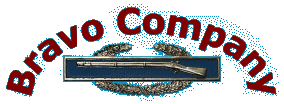
2nd Battalion, 8th Cavalry Regiment 1967-68

 |
|
 |
| For many of us, it all started with a friendly letter: "GREETINGS! From the President of the United States....You are hereby ordered to report for induction……." |
|
And for others it was a call to join the ranks of volunteers as many of our fathers and grandfathers had done, perhaps enticed by this famous poster: |
| For most of us,
it all started with Basic Training and Advanced Infantry Training at various
US Army installations scattered throughout the United States. Although these
training facilities were at different locations, they were all very similar,
particularly the barracks, and the Advanced Infantry Training (AIT) program
was exactly the same throughout the US Army. Even the entrances to these
forts had many similarities. Take the notorious Fort Polk, Louisiana, and
who can forget the intimidating gates of the "Tigerland Entrance".
TIGERLAND ENTRANCE  We spent an unforgettable eight weeks living in a US Army barracks like these: TRAINING BARRACKS 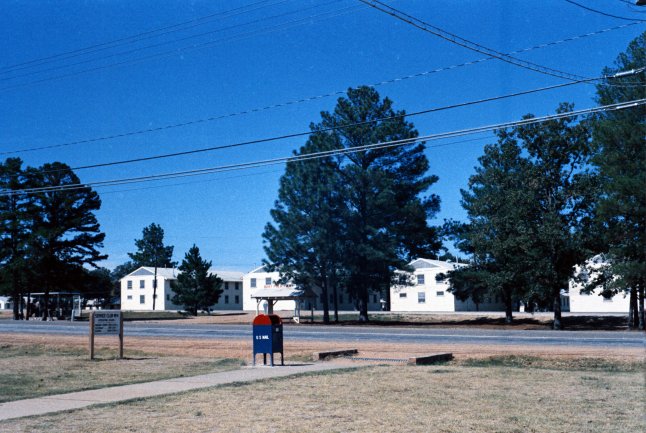 The layout inside of these barracks and the orderliness was a US Army standard in most training installations, like this photograph of Fort Polk. INSIDE BARRACKS 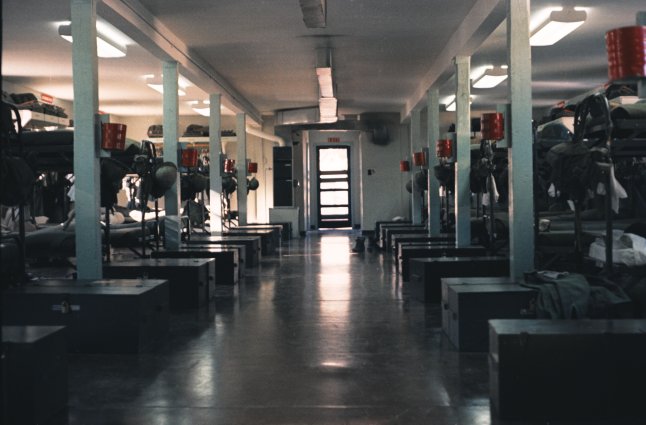 During the eight weeks of AIT, we received instruction on small unit tactics, weapons training and maintenance, and how to use a bunch of other equipment that was new to us.
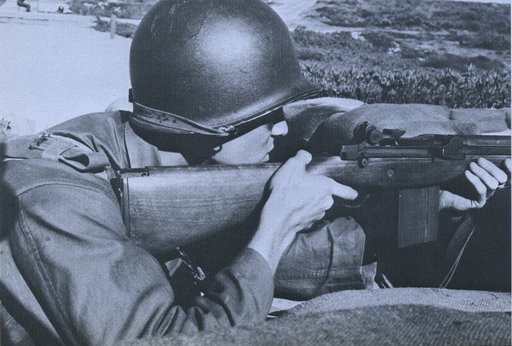 M-60 MACHINE GUN RANGE 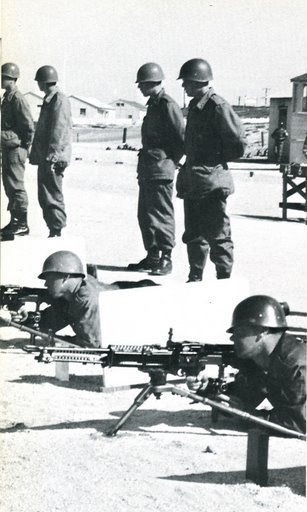
M-79 GRENADE LAUNCHER RANGE
Who can forget the dreaded night of the "escape and
evasion" course, they gave us a raw chicken carcass for supper (find your
own firewood) and when it got dark they turned us loose in the pine forest
with instructions to make our way to some objective without getting "captured".
The poor guys who did get captured spent the rest of the night in a "Vietnamese
village" complete with demonic "VC guards" and a lot of harassment. We also
attended courses on map reading, how to use a compass, and communications
using the PRC-25 Radio, (remember, it's "Say again" and not REPEAT! and 100
became ONE-ZERO-ZERO!). And we can all remember the pleasant Saturday
afternoons spent with, among other things, becoming familiar with our
favorite weapon, the M-16 Assault Rifle.
And don't forget some of the other
activities like the "run, dodge and jump",
HAND GRENADE THROWING DEMONSTRATION All this was to prepare us for the final physical proficiency test before
graduation. Occasionally they let us have a party – a GI party! The barracks
didn't stay clean and orderly with a platoon returning from frolicking in
the mud by itself, and Mom wasn't there to pick up our dirty uniforms. Every
morning before training exercises was devoted to getting the barracks ready
for the daily inspection. How many cans of Brasso did we use up polishing
the plumbing and fixtures in those old barracks latrines?
We learned many things during AIT, but the one that most of us learned by
heart went something like this: "It's not your duty to die for your country.
It's your duty to make an enemy soldier die for his". Having made the grade
we anxiously awaited our orders for Vietnam. Naturally, every one wanted to
be assigned to the 1st Cav Div, widely known as the best unit in Vietnam.
After a two week leave to visit our families, we deployed to Vietnam for 365
days of combat duty with Bravo Company, 2nd Bn, 8th Cav Regt, 1st Cav Div (Airmobile).
|
Dropdown menu by http://www.milonic.com
http://www.milonic.com/removelink.php